In the course of any business there comes a time when the owners think about selling up. If the business is successful they might want to get out at a reasonably early age and enjoy a long retirement somewhere sunny. If the business is very successful, someone may come along out of the blue with an offer to buy them out before they’ve even thought about retirement. Usually it comes down to age and/or personal circumstances. Nobody really wants to work until they drop especially in a hard business like petrol retailing. Eventually the question that most operators ask themselves is "How much is my business worth?" Usually the next person they ask is their accountant.
It may seem like an obvious question, to which the pat answer is that the business is ultimately worth whatever someone is willing to pay for it. This is true, but not really much help initially for anyone considering selling up. The problem is first of all to decide what’s actually for sale, then to somehow try to put a value on it.
Let’s keep it simple: you’re a dealer running a forecourt; trading as a limited company of which you’re the major (or only) shareholder, on a freehold property that your company owns. Now decide what exactly it is that you’re selling. Is it the company which means your shareholding in the limited company, or are you keeping the company but selling-off its business, or some of its assets?
For the sake of argument we’ll assume that you want to sell your company a clean walk-away deal. Buyer gets your shares, you retire to the Costa del Sunshine with a load of cash, never to look back.
Your accountant will explain that there are two basic approaches to valuing any company: the balance sheet basis and the profit basis.
The Balance Sheet
In principle, a balance sheet shows exactly what the company owned (assets) and what it owed (liabilities) at the balance sheet date. The total liabilities include what are known as Shareholders’ Funds basically any accumulated profits left in the business. Assuming this is still a positive figure, it represents the value of the business at that time to its shareholders. So naturally you might expect that’s the figure anyone would pay for your shares in the company. Except that life’s never quite that simple.
Even assuming that the balance sheet is accurate and recent, it only shows what the company spent purchasing its assets when they were bought, with some deduction for depreciation where appropriate. From your perspective that could undervalue some of those assets quite dramatically. Look in particular at the value of any property particularly freehold land. That will probably be shown at its original cost, since it’s not usually depreciated in your accounts. In reality it’s likely to be worth considerably more than you paid for it 10, 20 or more years ago; unless you’ve had it formally revalued recently, the true current value won’t be shown on your balance sheet.
face value
The potential buyer won’t take the balance sheet at face value either. They may look at the ’book’ value of some of the major assets and say that the balance sheet overstates their true worth. That car wash may be physically fine, but now there are four hand-wash operations within two miles of your site, it’s effectively a wasted asset. They could look at your pumps or epos equipment and tell you that those are now effectively obsolete and in need of urgent replacement, regardless of the fact that your balance sheet shows that they were only installed five years ago and have been depreciated on the basis of an expected service life of another 10 years.
They’ll note the stock value on the balance sheet, then look through your shop and stock room; the £5,000-worth of antifreeze you bought two winters ago on ’special offer’ that’s still there won’t be worth £5k to them.
The company’s assets might also include items like loans to directors or family members; again from the perspective of a potential buyer, they’d naturally discount these, unless those loans were to be repaid as cash received before any sale.
Trade debtors how old are any debts. Are they realistically going to be paid? A would-be buyer is likely to say that you can keep them and try and collect them yourself they won’t be paying you for them.
And that’s before they start due diligence on the liabilities side of your balance sheet. Remember that the balance sheet generally shows transactions that have already happened. It’s less useful for showing things that haven’t yet produced an invoice or payment, but which the business may have to pay in future. In other words, the liabilities recorded in your accounts are mostly ones that are quantified for example long-term loans from the bank, where there’s an easily-checked schedule of future repayment amounts and dates. Then there are potential liabilities such as staff redundancy pay. You haven’t thought about making any staff redundant, so you’ve never calculated the potential cost a prospective buyer might have a different view. But in the usual course of business, redundancy costs don’t appear on the balance sheet unless there’s a firm, costed, redundancy programme expected.
Businesses can have other liabilities which are even harder to quantify because they’re just noises in the background legal disputes, environmental issues etc. From an accounting perspective those aren’t usually shown on the balance sheet because there’s often very little sound basis for calculating the potential cost until at least some bills start to arrive. But as far as a potential buyer is concerned, whatever value your balance sheet suggests has to be reduced by any potential costs that aren’t shown there yet.
Now we can see why the balance sheet is only one basis for starting to value a business: next month we’ll look at using the Profit and (Loss) account as an alternative.





















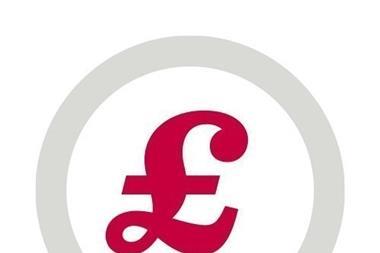
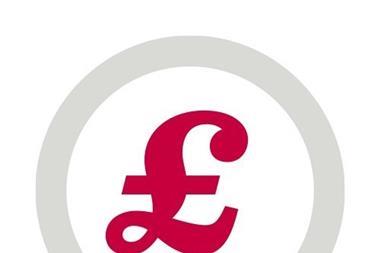
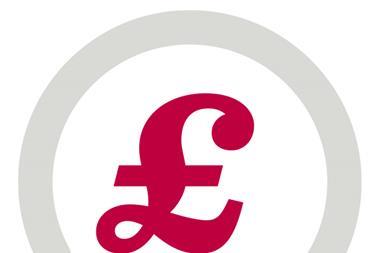
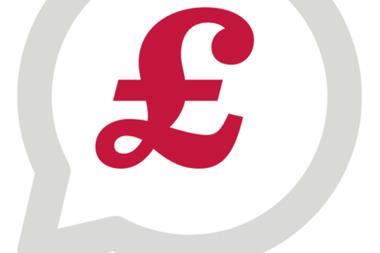
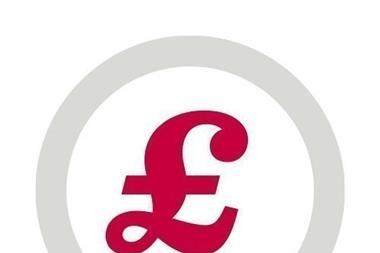

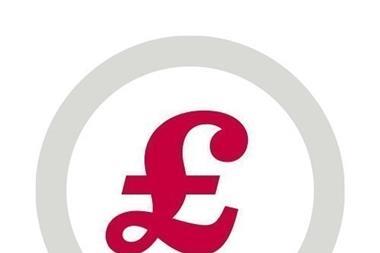
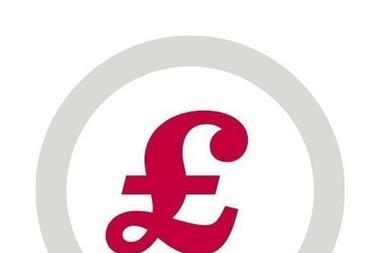
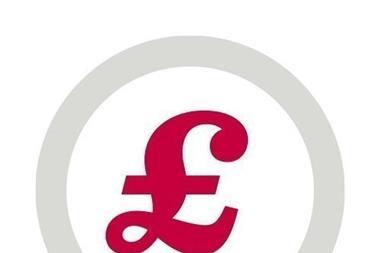
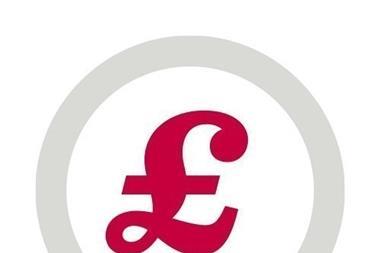
No comments yet